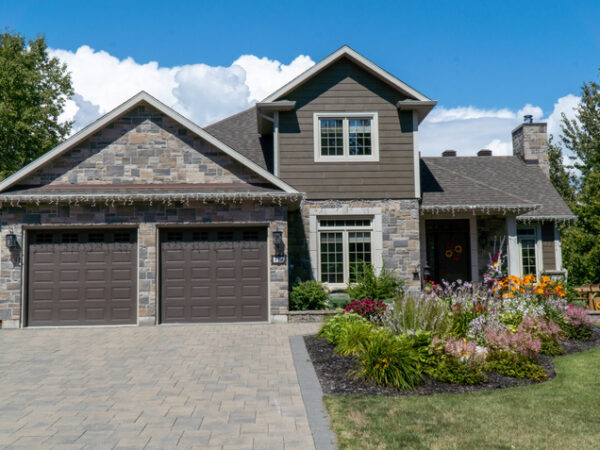If you weren’t already worried about how you will afford housing and medical expenses in older age, a new study may be cause for a new alarm. According to a study using data from the Health and Retirement Study of people 50 years and older, researchers forecast that by 2029, middle-income seniors will struggle to find affordable housing and health care.
Within the next 10 years, it is projected that the number of middle-income seniors will grow from the current 8 million to 14.4 million and 60 percent of these are expected to have mobility problems. Researchers anticipate that 20 percent of these seniors will have high health and daily care needs but more than half will not have adequate financial resources to pay for personal care services themselves.
With so many baby boomers reaching retirement age and, thanks to medical advances, are living longer lives, the burden on the health care system for seniors is expected to rise dramatically. And with fewer family caregivers available as more adult children live far away from aging parents and more seniors are single, long-term care needs will likely rise over the next 20 years. Middle-aged women, who have traditionally been the main family caregivers for aging parents, are increasingly staying in the workforce and not able to provide daily care for elderly loved ones.
In addition to more government funding for seniors support services, older adults will also need to become more creative in planning for their own housing and care needs. Many single seniors are seriously looking at co-housing opportunities to share living expenses with other like-minded older adults. This model also helps provide social interaction and assistance with doctors appointments or meals should the need arise.
In Canada, a recent Medical Association survey found that many older adults are delaying their retirement age, fearful they won’t be able to pay for out-of-pocket healthcare expenses. The CMA supports extra funding to provinces and territories based on the proportion of older adults and new benefits for seniors and caregivers to offset increasing out-of-pocket health care expenses.





Add Your Voice
0 Comments
Join the Discussion